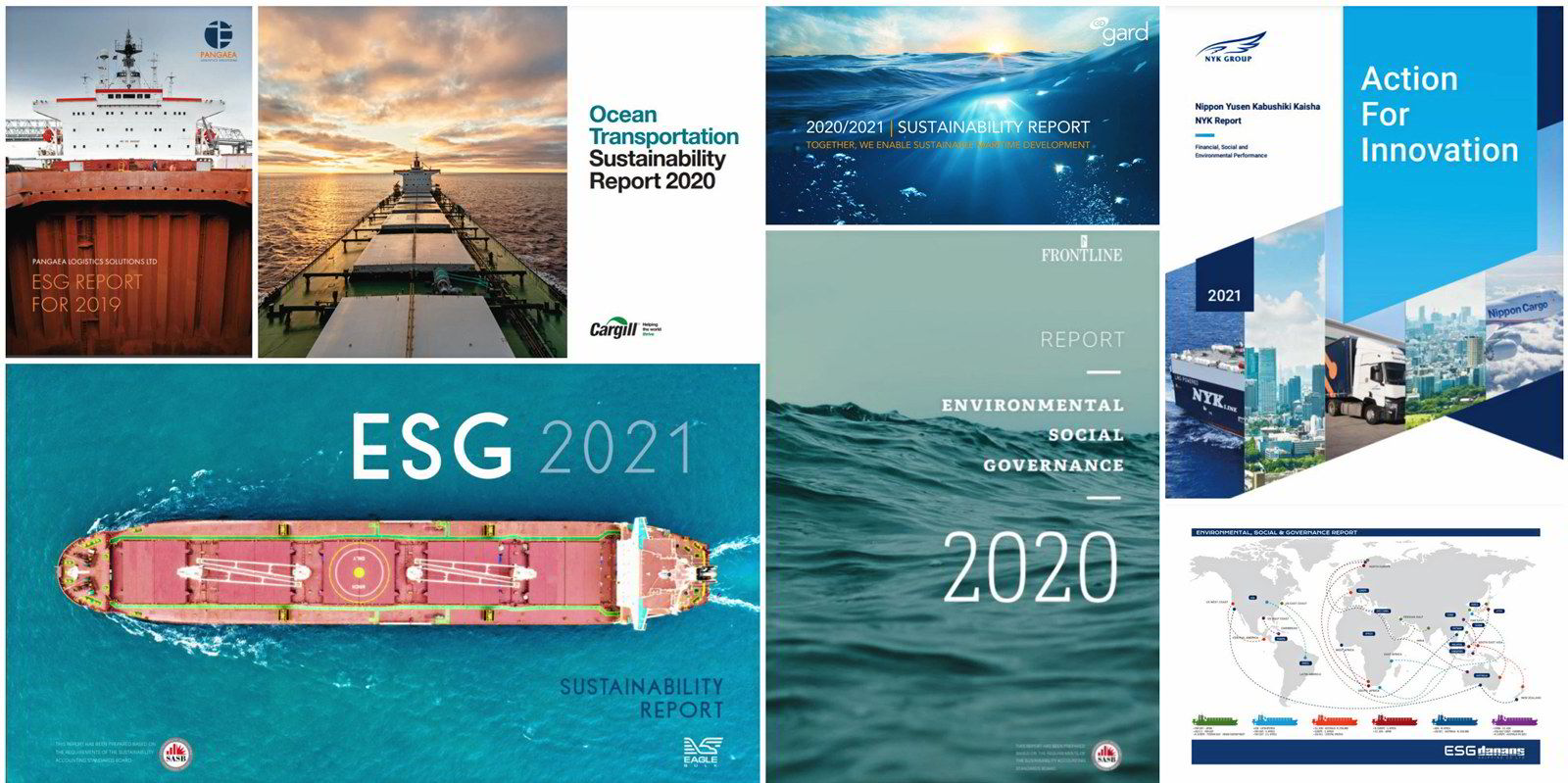DNV’s Carl Erik Hoy-Petersen spends part of nearly every day fielding questions from shipping companies about environmental, social and corporate governance (ESG) reporting.
One of the queries that the business development leader at the classification society often receives is whether to report on ESG factors at all.
“Many of the questions are, ‘should I report on this, and if so, what should I report?’” he told TradeWinds. “My answer is, ‘you are being rated whether you like it or not’.”
Rating agencies that focus on ESG factors assess companies based on what they disclose, he tells them, and failing to report leads to a lower score.
As shipping companies face pressure on ESG from multiple stakeholders on a dizzying array of evolving factors, many have still yet to cross the initial threshold: drafting an ESG or sustainability report.
Many of those stakeholders are urging them to close that gap.
Britannia P&I, for example, recently released a sustainability template for the insurance mutual’s members to tackle the varying approaches that shipping companies are confronted with when they start the ESG reporting process.
Deloitte, the consulting giant, examined 36 randomly selected shipping companies listed in New York, Oslo, Tokyo and Shanghai, and found that 24 — or 66% — produced an ESG report, according to analysis published late last year.
Refinitiv, a business analytics firm that rates companies’ ESG reporting, gave the organisations that did produce a report an average score of 42, versus a score of just 27 for those that did not write a report.

At this stage, there are relatively few shipping companies being evaluated by ratings agencies, but Deloitte noted that the number is on the rise.
This comes amid a variety of standards that shipping face: the Poseidon Principles for both finance and insurance, accounting standards, the Science-Based Targets initiative for decarbonisation targets, United Nations sustainability programmes, ratings agencies and charterers, to name a few.
“Every shipping company has one, every stakeholder has one, and if you have 10 stakeholders, you may have 10 different ways of doing it. So this is definitely a big pain point,” Hoy-Petersen said. “What I usually say to the clients is, ‘you need to take the wheel’.”
He added that companies need to show that they understand the ESG-related risks they face and to say what they can do to mitigate them.
“Don’t backbench this,” Hoy-Petersen said.




